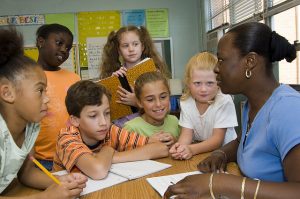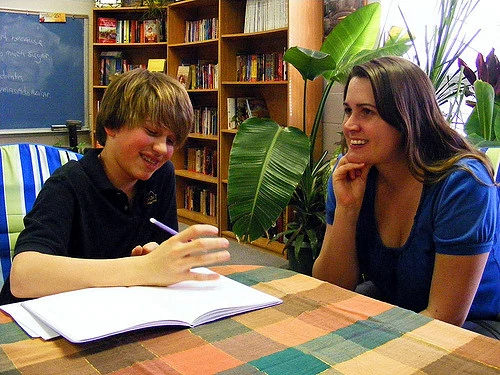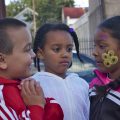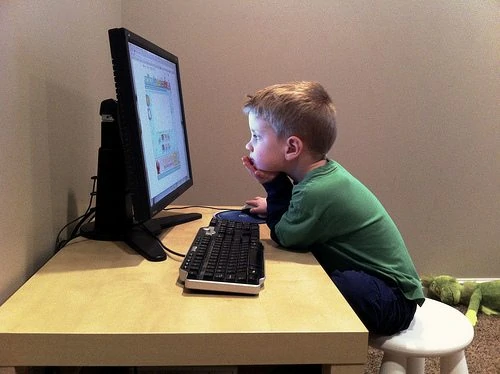There are those who think bringing social-emotional learning into the classroom is some sort of fad. Not so, asserts a new national commission report from the Aspen Institute. “The promotion of social, emotional, and academic learning…is the substance of education itself.”
It is not a distraction from the “real work” of math and English instruction; it is how instruction can succeed. And it is not another reason for political polarization. It brings together a traditionally conservative emphasis on local control and on the character of all students, and a historically progressive emphasis on the creative and challenging art of teaching and the social and emotional needs of all students, especially those who have experienced the greatest challenges.
In fact, the basis of this approach is not ideological at all. It is rooted in the experience of teachers, parents, and students supported by the best educational research of the past few decades. More than nine in 10 teachers and parents believe that social and emotional learning is important to education. At least two-thirds of current and recent high school students think similarly. As one student said, “Success in school should not be defined just by our test scores … but also by the ability to think for ourselves, work with others, and contribute to our communities.”
Indeed, those “soft skills” are in demand and prepare students much better for the 21st century economy. The resilience developed through a well-rounded SEL program makes the constantly changing work landscape much easier to navigate.
But it’s not just SEL that has a place in the classroom. Emotion itself has a place, too.
“Emotions Assign Value to Things”
“We used to have this top-down notion that reason was on a teeter-totter with emotion,” notes David Brooks in a recent New York Times column.
If you wanted to be rational and think well, you had to suppress those primitive gremlins, the emotions. Teaching consisted of dispassionately downloading knowledge into students’ brains.
Then work by cognitive scientists like Antonio Damasio showed us that emotion is not the opposite of reason; it’s essential to reason. Emotions assign value to things. If you don’t know what you want, you can’t make good decisions.
Furthermore, emotions tell you what to pay attention to, care about and remember. It’s hard to work through difficulty if your emotions aren’t engaged. Information is plentiful, but motivation is scarce.
That early neuroscience breakthrough reminded us that a key job of a school is to give students new things to love — an exciting field of study, new friends. It reminded us that what teachers really teach is themselves — their contagious passion for their subjects and students. It reminded us that children learn from people they love, and that love in this context means willing the good of another, and offering active care for the whole person. [emphasis added]
Fred Rogers put it another way: “Love is at the root of everything – all learning, all relationships – love, or the lack of it.”
If you think back on your own experience as a student, you’ll quickly realize that the teachers you remember best were likely the ones who let you know that they cared about you; that you mattered; that you were worth being cared about. They may never have said it in words, but their actions consistently proved their care.
We believe the classroom can and should be a place of radical caring.
Learning Is About Relationships
Perhaps more than anything, learning is about relationships – the relationship between student and teacher, first, but also peer relationships within the academic environment. We’re grateful to see more teachers, administrators, schools, and districts embracing this.
When we work at creating positive environments and learning communities, positive relationships can flourish. Behavior improves. Attitude improves. Academics improve.

The intentions may have been good, but we’re all familiar with the results: stressed out teachers, stressed out kids, and academic stagnation.
We’ve also seen the results when things change, so the needs of the whole child are addressed, including emotional needs, as well as cognitive. We’ve seen children flourish and thrive.
Images by Jose Kevo & Penn State, via Flickr





